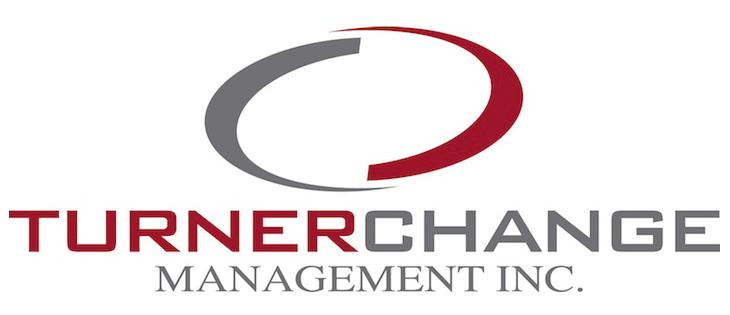Less Communication, and More Conversation to Facilitate Organizational Change
Conversation Leads to More Sustainable Change
The evidence is clear. It’s not whether you communicate during change that determines your organization’s success. It’s how you communicate.
Research shows planned, and purposeful conversations can lead to more successful and sustainable organizational change. That was the message I, along with my colleagues Dr. Kathy Cowan-Sahadath and Drs Lysbeth van Silfhout, delivered during our workshop, “Less Communication and More Conversation to Facilitate Organizational Change,” at the Academy of Management Conference in Boston, Massachusetts (2012).
Participants at the workshop explored three key areas:
1. the ineffectiveness of the cascade approach for communicating organizational change
2. the role conversation plays in the success of any organizational change
3. the use of the guided conversation as a practical and effective tool for communicating change
Cascading Information Doesn’t Work
Dr. van Silfhout started the workshop, demonstrating why the typical cascade approach — passing information down from one level of the organization to the next, usually via email, doesn’t work, when communicating change. As she demonstrated, the cascade approach is not effective because:
• employees can and do, receive and seek information from multiple sources. In every organization there are both formal and informal channels of communication.
• communication is not aligned throughout the organization. It is not possible to control the timing, distribution and uptake of every communication related to your organizational change.
• interpretation of the message at the receiver end matters. The farther out a message must be cascaded to reach its intended audience the greater the risk it will be misinterpreted.
The Value of Conversation
Dr. Cowan-Sahadath shared the research linking conversation with organizational change success. Conversation is the most natural and powerful method of communication for enabling change. Her own research found that when leaders considered the perspective of their audience and adjusted their conversation to enable more shared meaning, context and understanding, transformational outcomes could be achieved.
The most powerful of the conversations may be the everyday conversations – those that often go unnoticed by the leader but greatly influence the success of your organizational change initiative.
Conversation comes so naturally, it easy to overlook it as a primary method of communication. To demonstrate the power of conversation, I introduce the workshop participants to a short exercise from my Living and Leading Change program. The exercise allowed participants to compare the difference between using a conversation to share information versus the typical presentation approach. Participants found when conversation was used, they learned and retained more information, and were more engaged.
Using Conversation to Facilitate Change
Using conversation as an effective communication method will require a shift in thinking. To help leaders leaders make the shift and use conversation as their primary method of communication during organizational change, I developed the guided conversation. It is a semi-directed planned conversation, designed to inform, share insights and create new knowledge or understanding around an organizational change.
One of the critical steps in a guided conversation is to set an intention for conversation. I call this a conversation mindset. You think and share your information differently, when your intent is a conversation.
We concluded our workshop with a question, to explore the barriers to conversation and reliance on passive communication. I pose a similar question to you:
“What do you need to do to embrace conversation as a primary method for communicating organizational change?”
Dr. Dawn-Marie Turner is an international researcher, speaker, writer and certified management consultant (CMC). She is president of Turner Change Management, and author of Launch, Lead, Live: The executive’s guide to preventing resistance and succeeding with organizational change. She helps leaders navigate the complexities of organizational change.
This article is a reprint of the original post published August of 2012.



